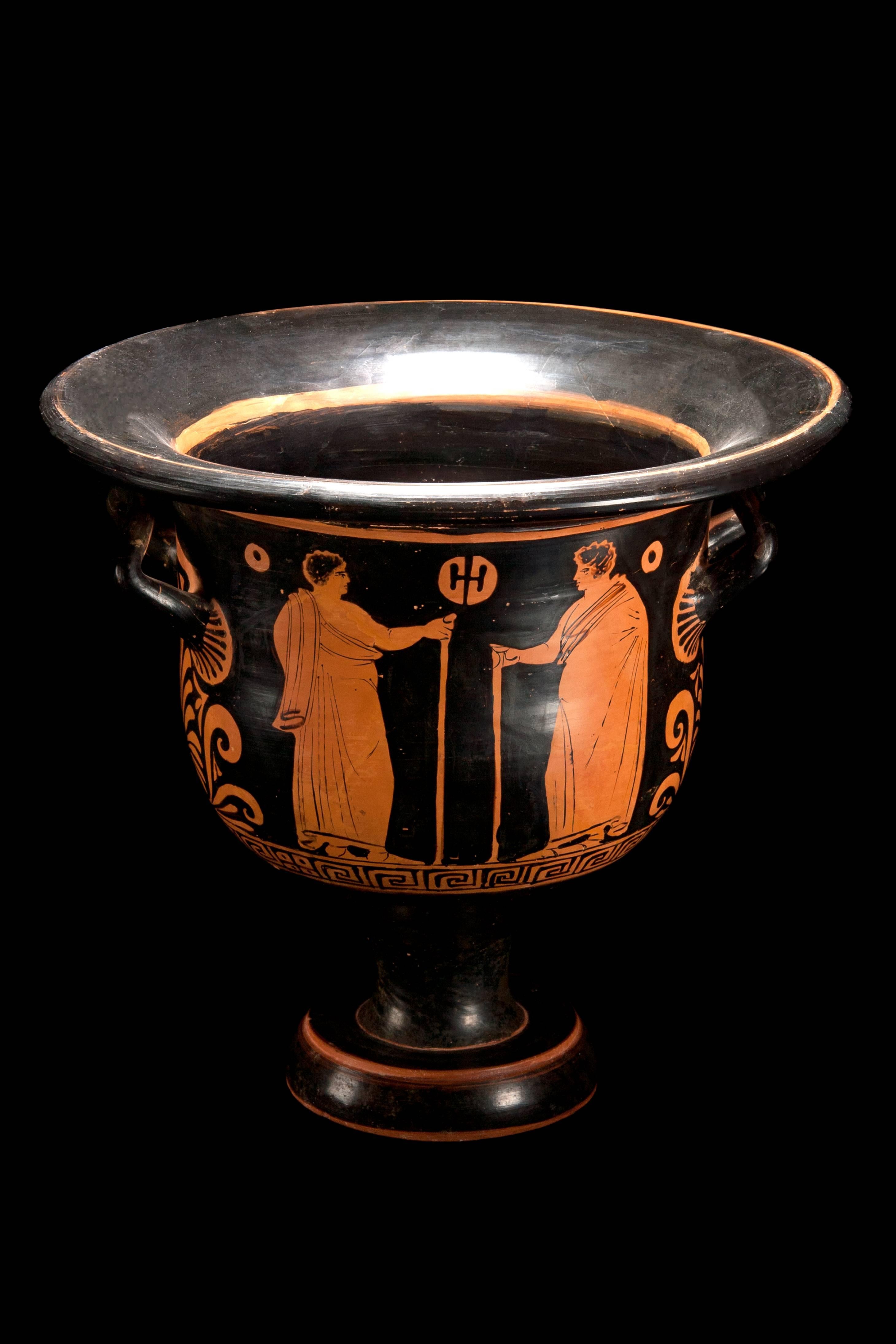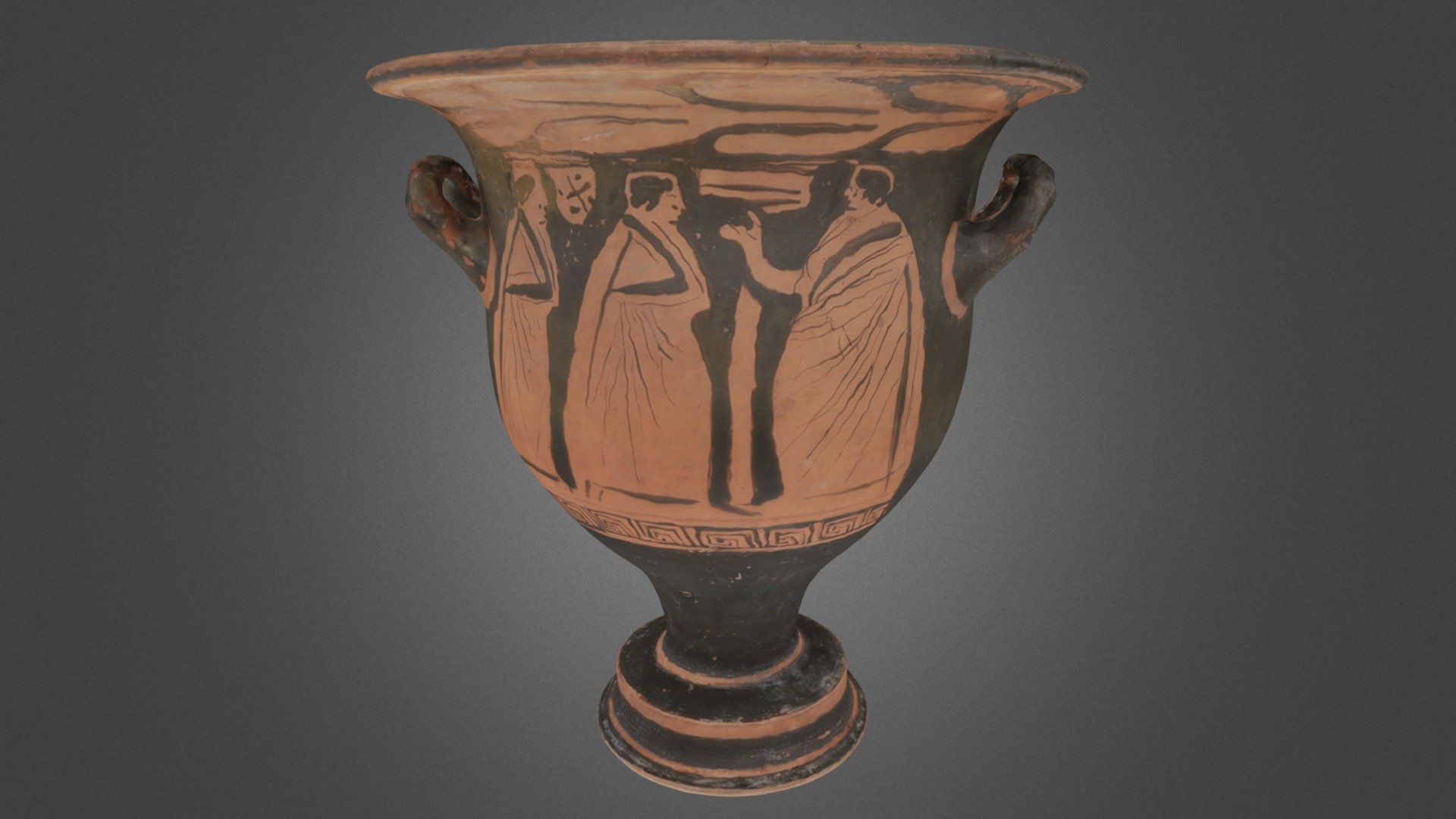
In particular, we present you two exceptionally rare gold coins struck during the “year of the four Emperors”, the succession crisis following the death of Nero in AD 68, when four men rapidly succeeded to each other on the throne. The number of vessels connected to dining and drinking would have been part of the rituals of socialisation of the elites, while the coins tell us much about the messages that leaders wanted to convey to the people. The artefacts we propose today to your attention provide us a gateway across the centuries, and allow us to have a brief glimpse into the daily lives and the political machinations of the ancient world. The firing was stopped before the slip turned red once again.The Greek and Roman world have fascinated men and women across the world and across the centuries, and has come to embody for some of us values and concepts we hold particularly dear: philosophy, democracy, beauty, and eros. The fresh oxygen supply turned the pottery back to red.

The kiln was then starved of oxygen and filled with carbon monoxide (by using wet fuel), causing the slip to turn black. Careful control of the firing process allowed Greek potters to oxidise the body of the pot, turning it red, by keeping the kiln well ventilated. The vase is decorated in the 'red figure' technique in which the areas surrounding the figures are painted in a slip (mixture of clay and water), leaving the red pottery showing through. These formed the nucleus for Hope's own collection of vases, which he displayed at Duchess Street.

In 1801 Hope purchased the second collection of ancient vases formed by Sir William Hamilton, formerly the British Ambassador to the Naples court.

(1807), illustrating objects he had designed for his London house at Duchess Street. The most important of these publications was Household Furniture and Interior Decoration. The vase was once owned by Thomas Hope (1769-1831), the collector, connoisseur, patron and designer, who published a number of influential books of designs. The krater was an ancient Greek vase with two handles that was used to mix wine and water.


 0 kommentar(er)
0 kommentar(er)
